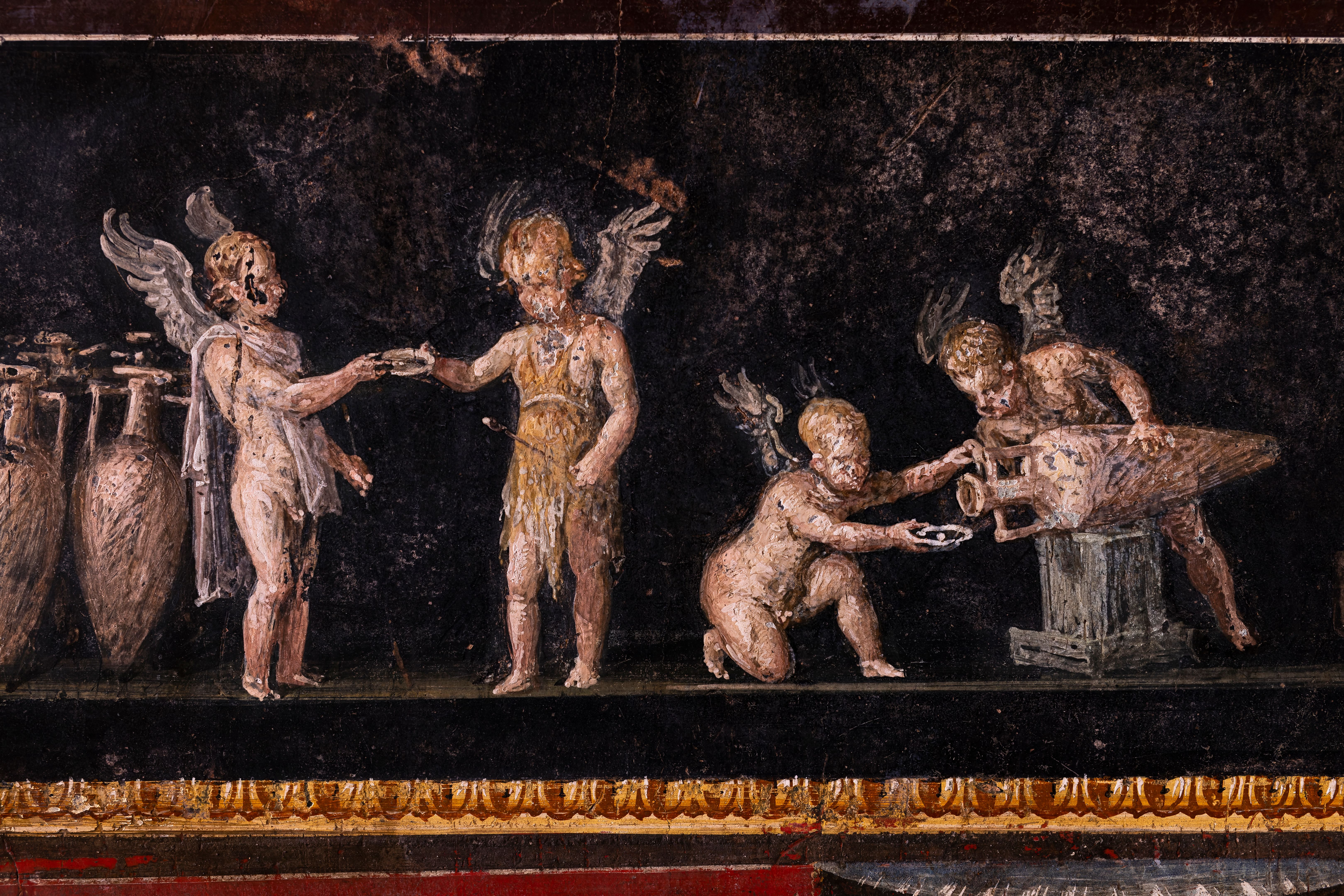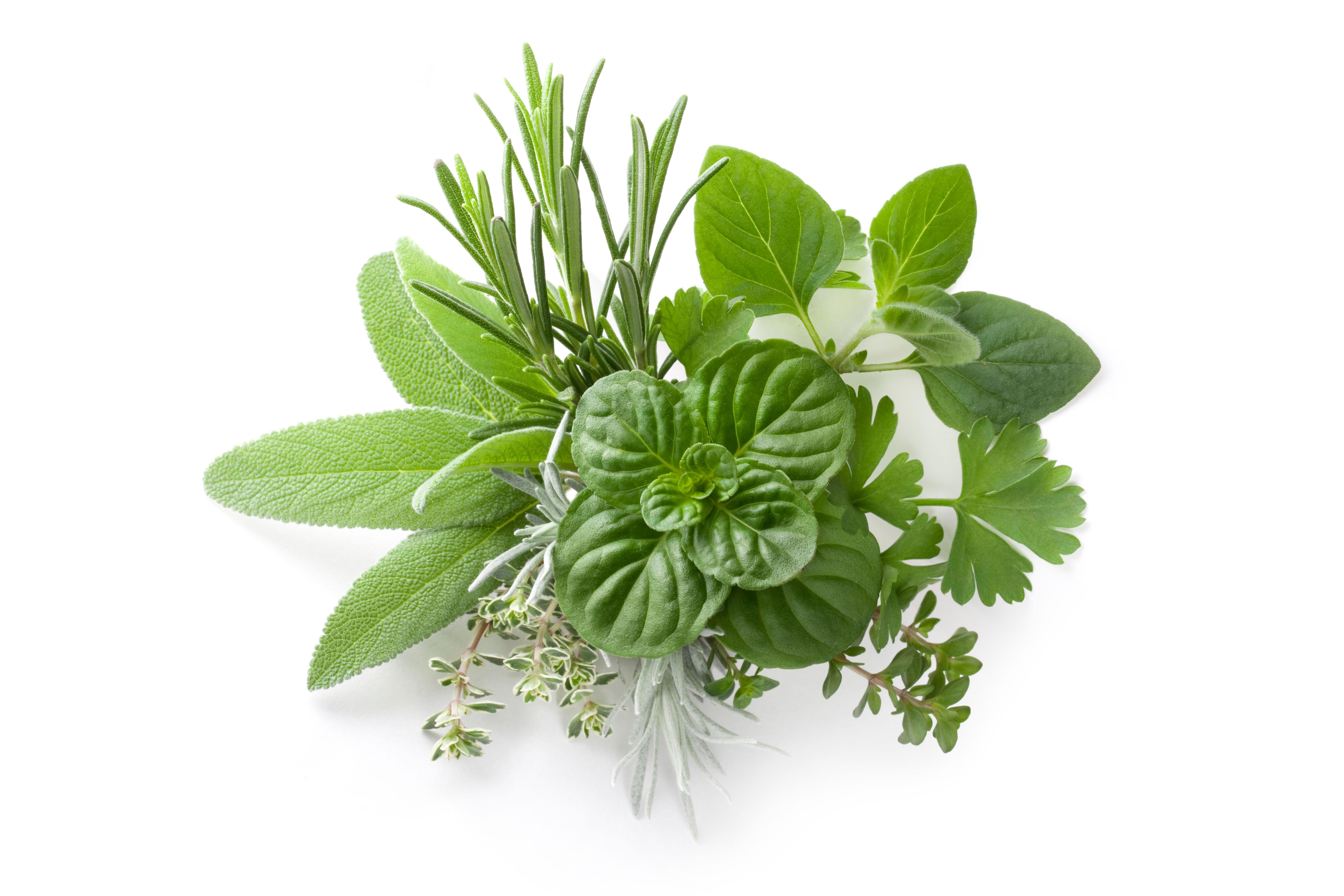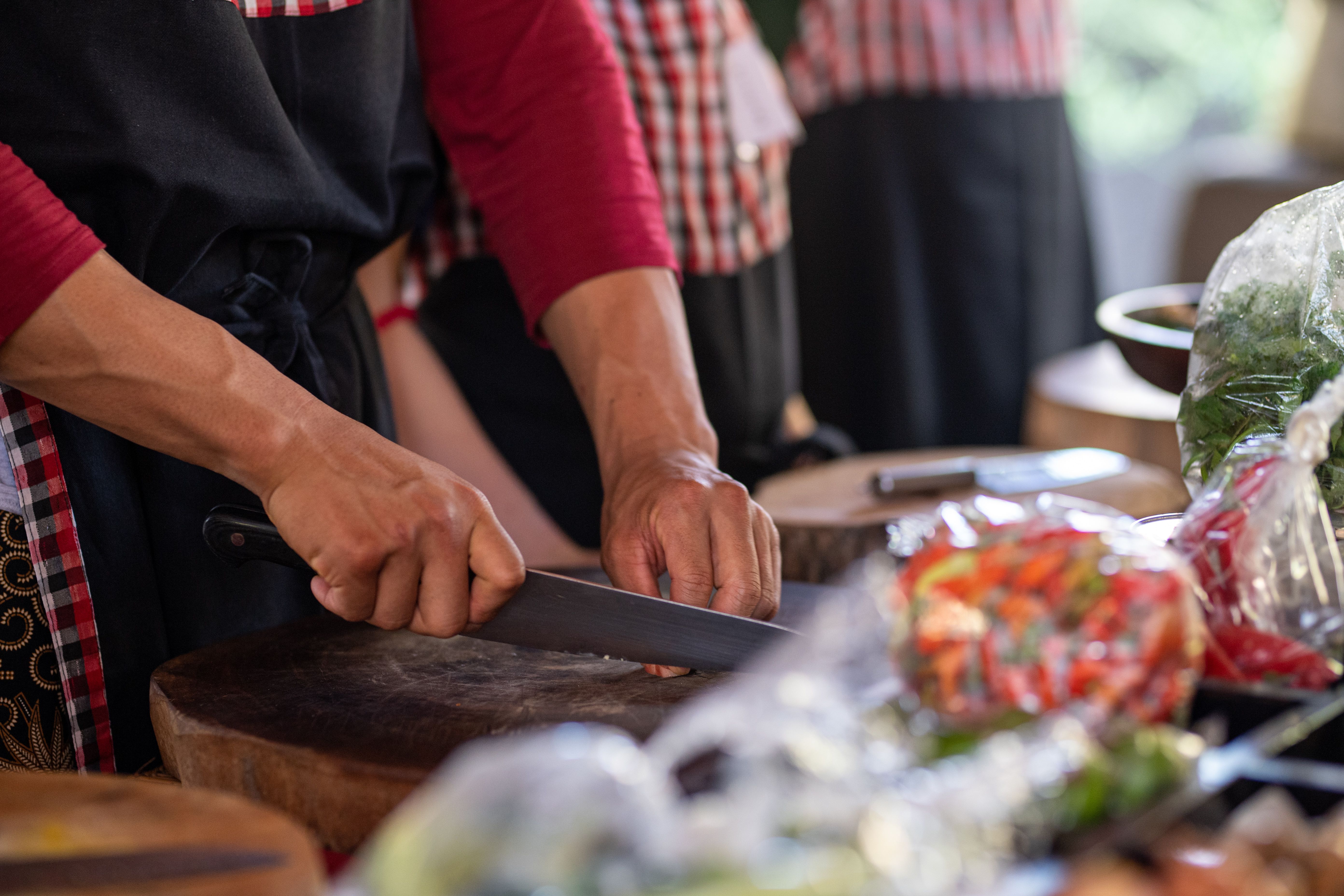Mastering the Art of World Cuisine: Top Tips from Gilded Recipe's Culinary Experts
Embarking on a journey through world cuisine is like unlocking a treasure trove of flavors, techniques, and traditions. At Gilded Recipe, our culinary experts are passionate about guiding you through this exciting adventure, offering insights and tips to help you master the art of cooking international dishes.
Understanding the Cultural Context
The first step in mastering world cuisine is understanding the cultural context of the dishes you wish to prepare. Food is deeply intertwined with culture, history, and geography. Take time to learn about the origins of a dish, the traditional methods used to prepare it, and any special ingredients that are integral to its authenticity. This will not only enhance your appreciation but also improve your culinary execution.
For example, did you know that pasta can be traced back to ancient China? While Italian pasta is the most popular today, its history highlights the importance of ingredient adaptation across cultures. Embrace these stories as you cook.

Investing in Quality Ingredients
One of the secrets to authentic world cuisine is the use of high-quality ingredients. Whenever possible, source fresh, local produce and authentic spices. Specialty stores and online shops can be excellent resources for harder-to-find items. The quality of ingredients can make a significant difference in the taste and authenticity of your dishes.
Consider starting a small herb garden; fresh herbs like basil, cilantro, and rosemary can elevate your dishes by adding vibrant flavors and aromas. Additionally, using whole spices and grinding them yourself can vastly improve the depth of flavor in your cooking.

Mastering Cooking Techniques
Each cuisine has its unique cooking techniques that are essential for replicating traditional dishes. Whether it's mastering the art of stir-frying in a wok for Chinese cuisine or perfecting the slow simmering technique for a French coq au vin, understanding these methods is crucial.
- Stir-frying: Quick and high-heat cooking method, essential for many Asian dishes.
- Braising: A slow cooking method perfect for tenderizing meats, commonly used in Mediterranean cuisines.
- Roasting: Enhances flavors through caramelization, widely used in European recipes.

Balancing Flavors and Textures
A hallmark of great cooking is achieving balance in flavors and textures. Different cuisines offer various approaches to this balance. For example, Thai cuisine is known for its harmony of sweet, sour, spicy, and salty elements. In contrast, Indian cuisine often focuses on layering spices for depth.
Experiment with contrasting textures—crispy elements paired with creamy ones can add an interesting dimension to your dishes. Don’t be afraid to adjust recipes; personal preference plays a significant role in flavor profiling.
Continuous Learning and Experimentation
The world of cuisine is vast and ever-evolving. Keeping an open mind and a willingness to learn from diverse culinary traditions will enhance your skills and broaden your palate. Join cooking classes, watch international cooking shows, or participate in food festivals to continually expand your knowledge.
Remember, even seasoned chefs are always learning. Don’t shy away from experimentation; some of the best culinary creations come from unexpected combinations and methods.

By following these tips from Gilded Recipe’s culinary experts, you’ll be well on your way to mastering the art of world cuisine. So put on your apron, gather your ingredients, and start your flavorful journey around the globe today!
